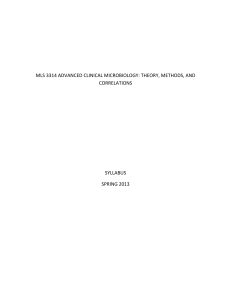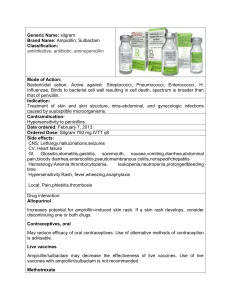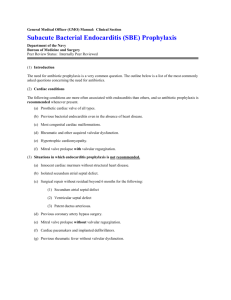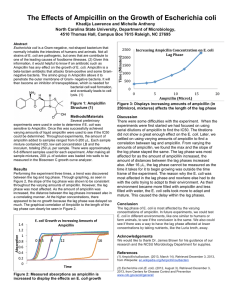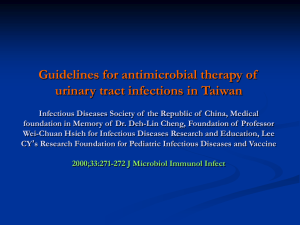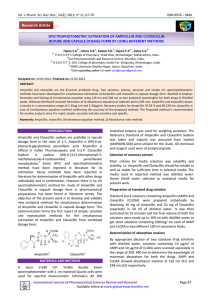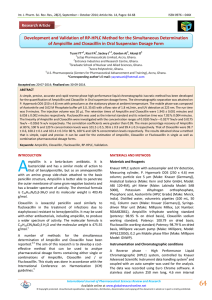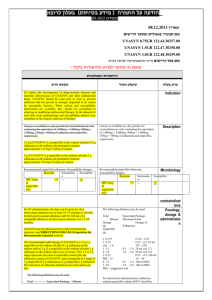AMPICILLIN (tablets)
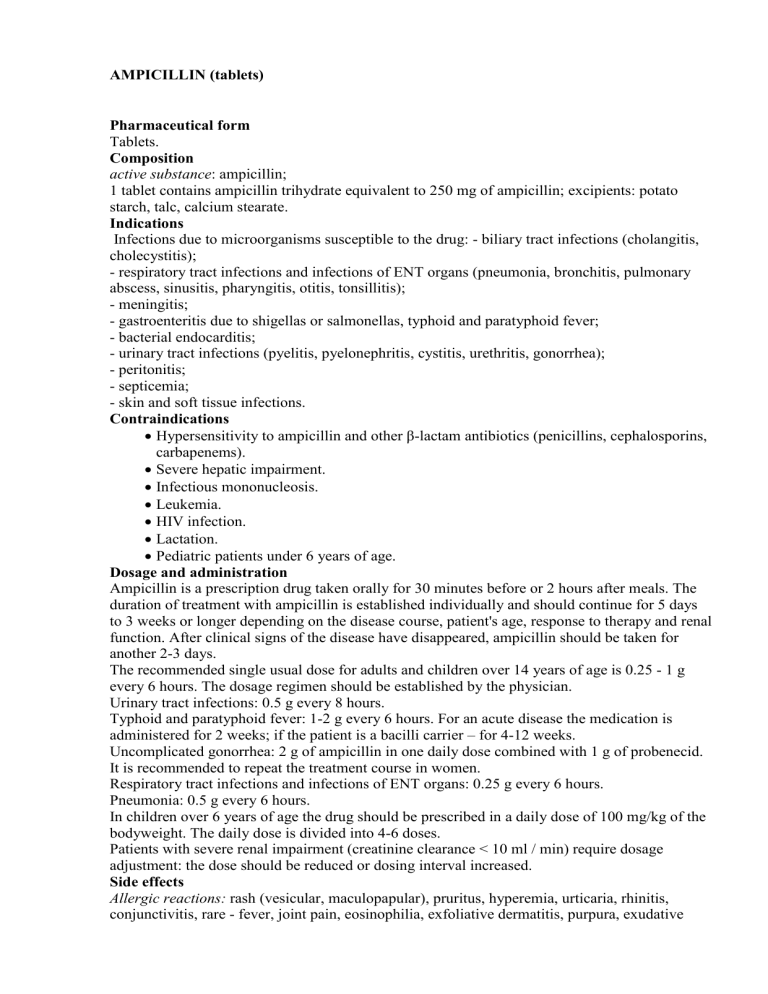
AMPICILLIN (tablets)
Pharmaceutical form
Tablets.
Composition active substance
: аmpicillin;
1 tablet contains ampicillin trihydrate equivalent to 250 mg of ampicillin; excipients: potato starch, talc, calcium stearate.
Indications
Infections due to microorganisms susceptible to the drug: - biliary tract infections (cholangitis, cholecystitis);
- respiratory tract infections and infections of ENT organs (pneumonia, bronchitis, pulmonary abscess, sinusitis, pharyngitis, otitis, tonsillitis);
- meningitis;
- gastroenteritis due to shigellas or salmonellas, typhoid and paratyphoid fever;
- bacterial endocarditis;
- urinary tract infections (pyelitis, pyelonephritis, cystitis, urethritis, gonorrhea);
- peritonitis;
- septicemia;
- skin and soft tissue infections.
Contraindications
Hypersensitivity to ampicillin and other β-lactam antibiotics (penicillins, cephalosporins, carbapenems).
Severe hepatic impairment.
Infectious mononucleosis.
Leukemia.
HIV infection.
Lactation.
Pediatric patients under 6 years of age.
Dosage and administration
Ampicillin is a prescription drug taken orally for 30 minutes before or 2 hours after meals. The duration of treatment with ampicillin is established individually and should continue for 5 days to 3 weeks or longer depending on the disease course, patient's age, response to therapy and renal function. After clinical signs of the disease have disappeared, ampicillin should be taken for another 2-3 days.
The recommended single usual dose for adults and children over 14 years of age is 0.25 - 1 g every 6 hours. The dosage regimen should be established by the physician.
Urinary tract infections: 0.5 g every 8 hours.
Typhoid and paratyphoid fever: 1-2 g every 6 hours. For an acute disease the medication is administered for 2 weeks; if the patient is a bacilli carrier – for 4-12 weeks.
Uncomplicated gonorrhea: 2 g of ampicillin in one daily dose combined with 1 g of probenecid.
It is recommended to repeat the treatment course in women.
Respiratory tract infections and infections of ENT organs: 0.25 g every 6 hours.
Pneumonia: 0.5 g every 6 hours.
In children over 6 years of age the drug should be prescribed in a daily dose of 100 mg/kg of the bodyweight. The daily dose is divided into 4-6 doses.
Patients with severe renal impairment (creatinine clearance < 10 ml / min) require dosage adjustment: the dose should be reduced or dosing interval increased.
Side effects
Allergic reactions: rash (vesicular, maculopapular), pruritus, hyperemia, urticaria, rhinitis, conjunctivitis, rare - fever, joint pain, eosinophilia, exfoliative dermatitis, purpura, exudative
multiform erythema, Stevens-Johnson’s syndrome, very rare – Quincke’s edema, anaphylactic shock.
Gastrointestinal disorders : nausea, vomiting, diarrhea, taste perversion, abdominal pain, stomatitis, glossitis, dry mouth, intestinal dysbiosis, gastritis, enterocolitis, hemorrhagic colitis.
Pseudomembranous colitis may develop during the antibiotic therapy and several days after its discontinuation.
Hepatobiliary disorders: hepatitis, cholestatic jaundice.
Central and peripheral nervous system disorders : in patients with renal impairment, high doses may cause tremor, convulsions, headache, neuropathy.
Laboratory investigations : moderate increase in hepatic transaminases, lactate dehydrogenase, alkaline phosphatase, creatinine; false-positive results of nonenzymatic test for glycosuria and
Coombs reaction.
Others : reversible hematopoietic disturbances (leukopenia, thrombocytopenia, hemolytic anemia, agranulocytosis), interstitial nephritis, superinfection, candidiasis. If ampicillin is administered in patients with bacteriemia (sepsis), bacteriolysis reaction (Jarisch-Herxheimer’s reaction) may develop.

